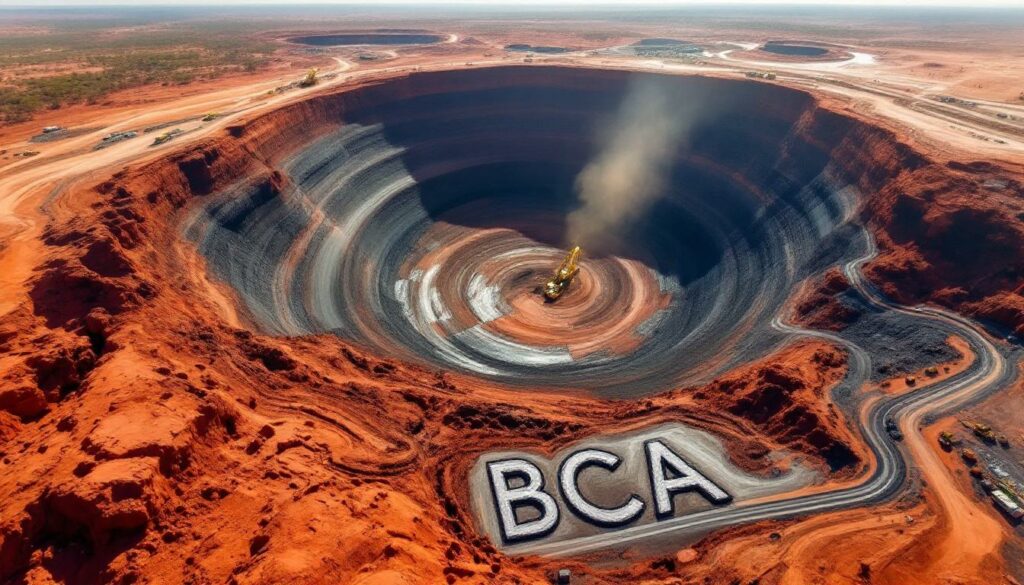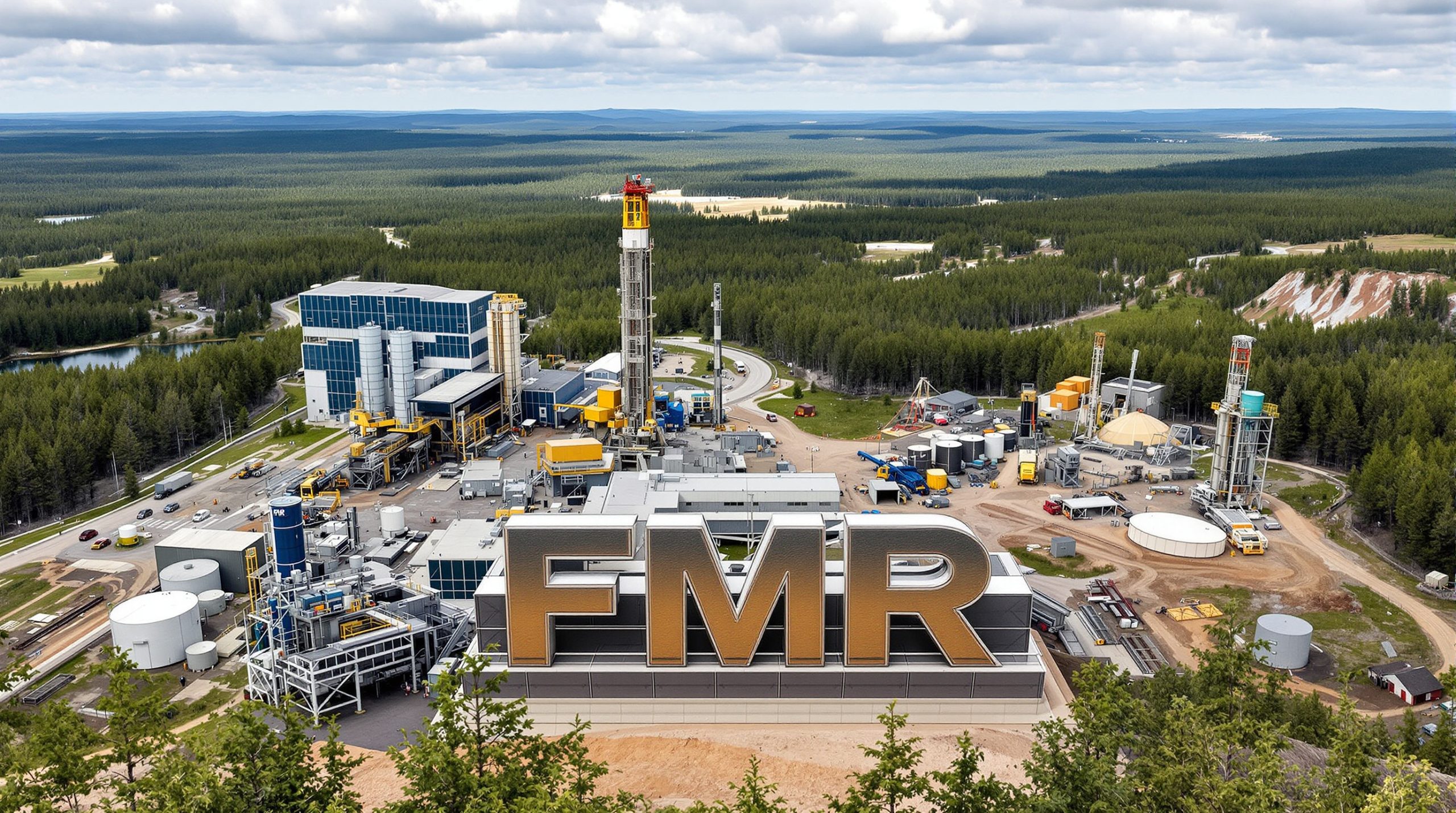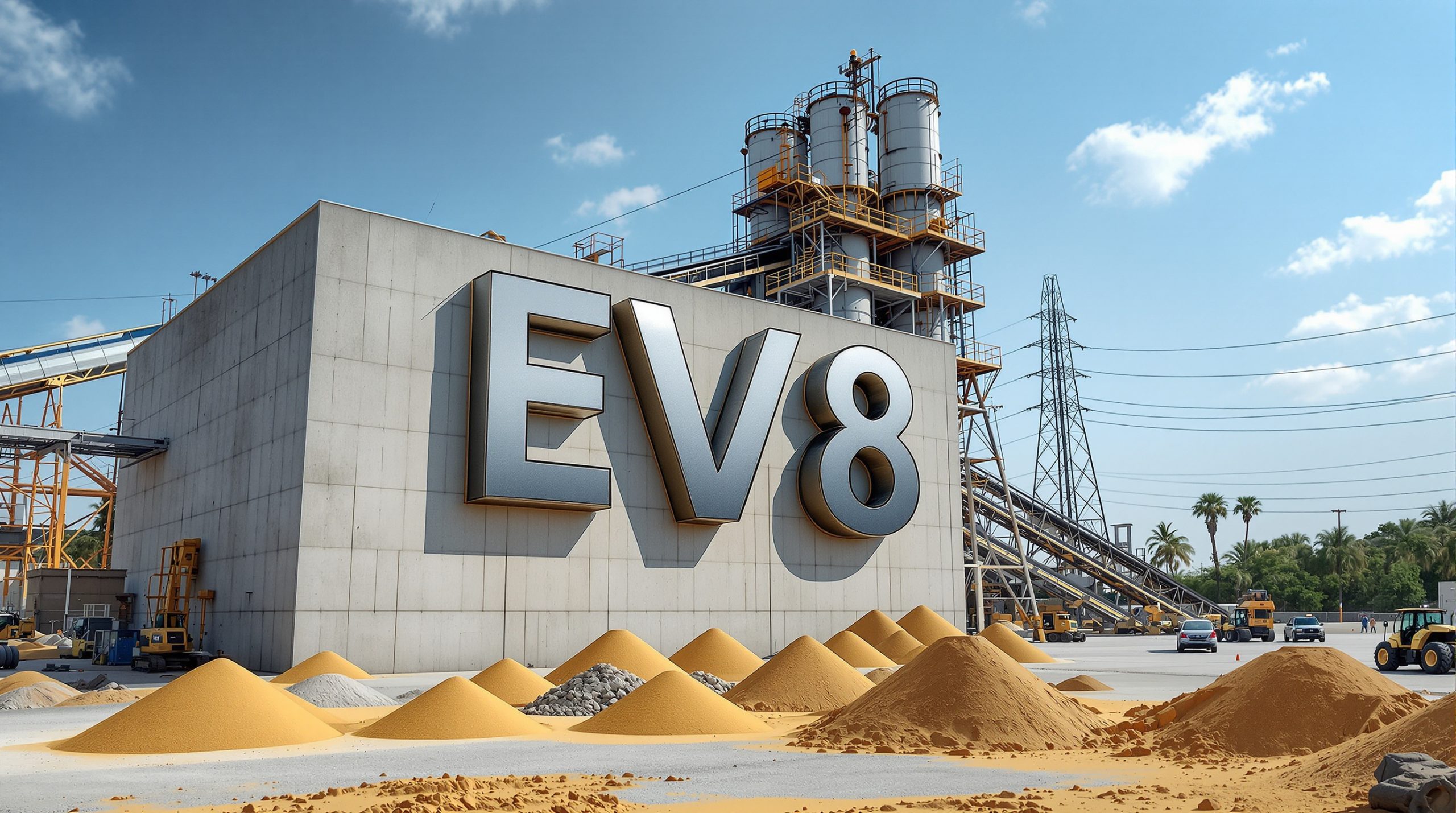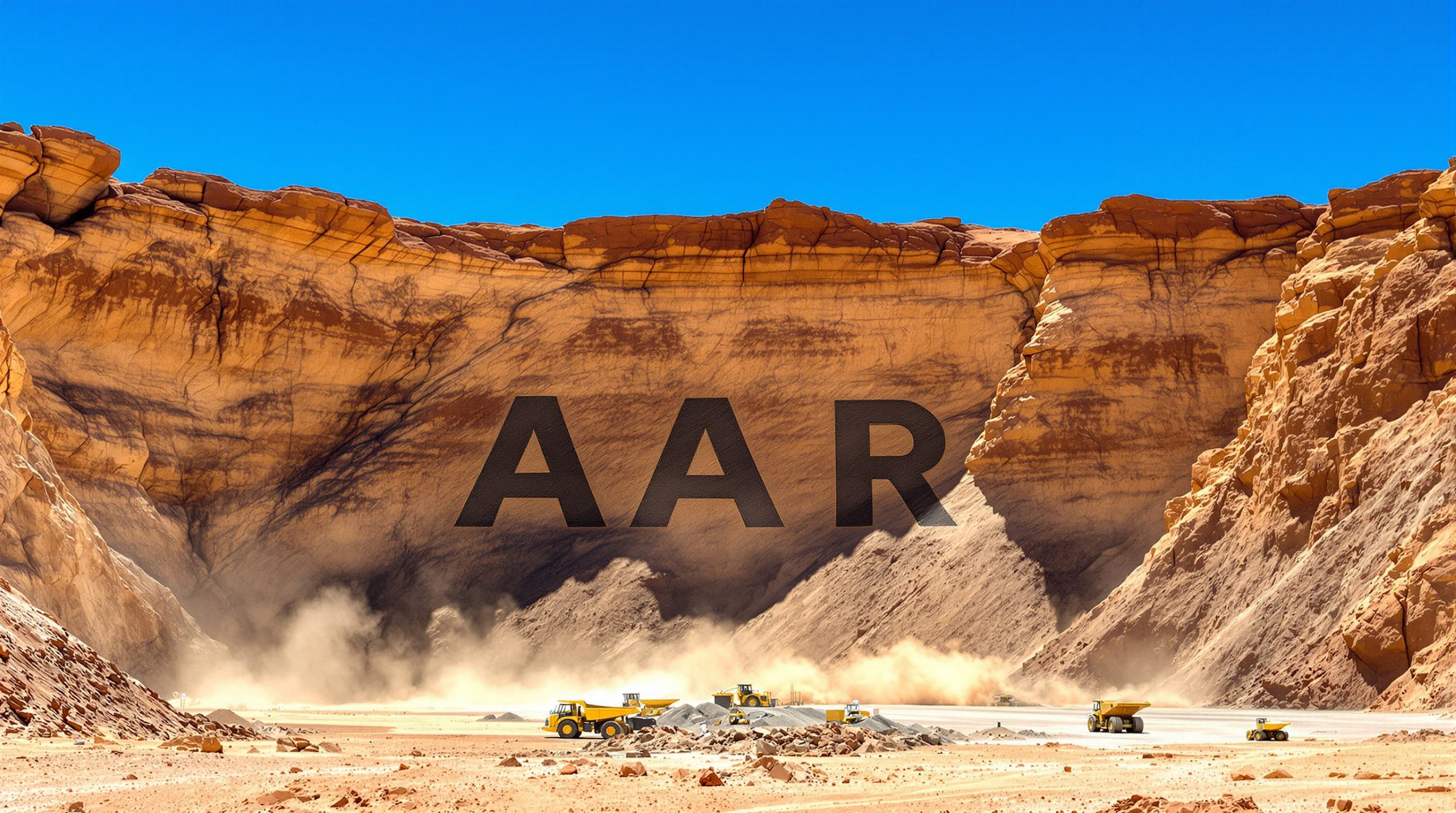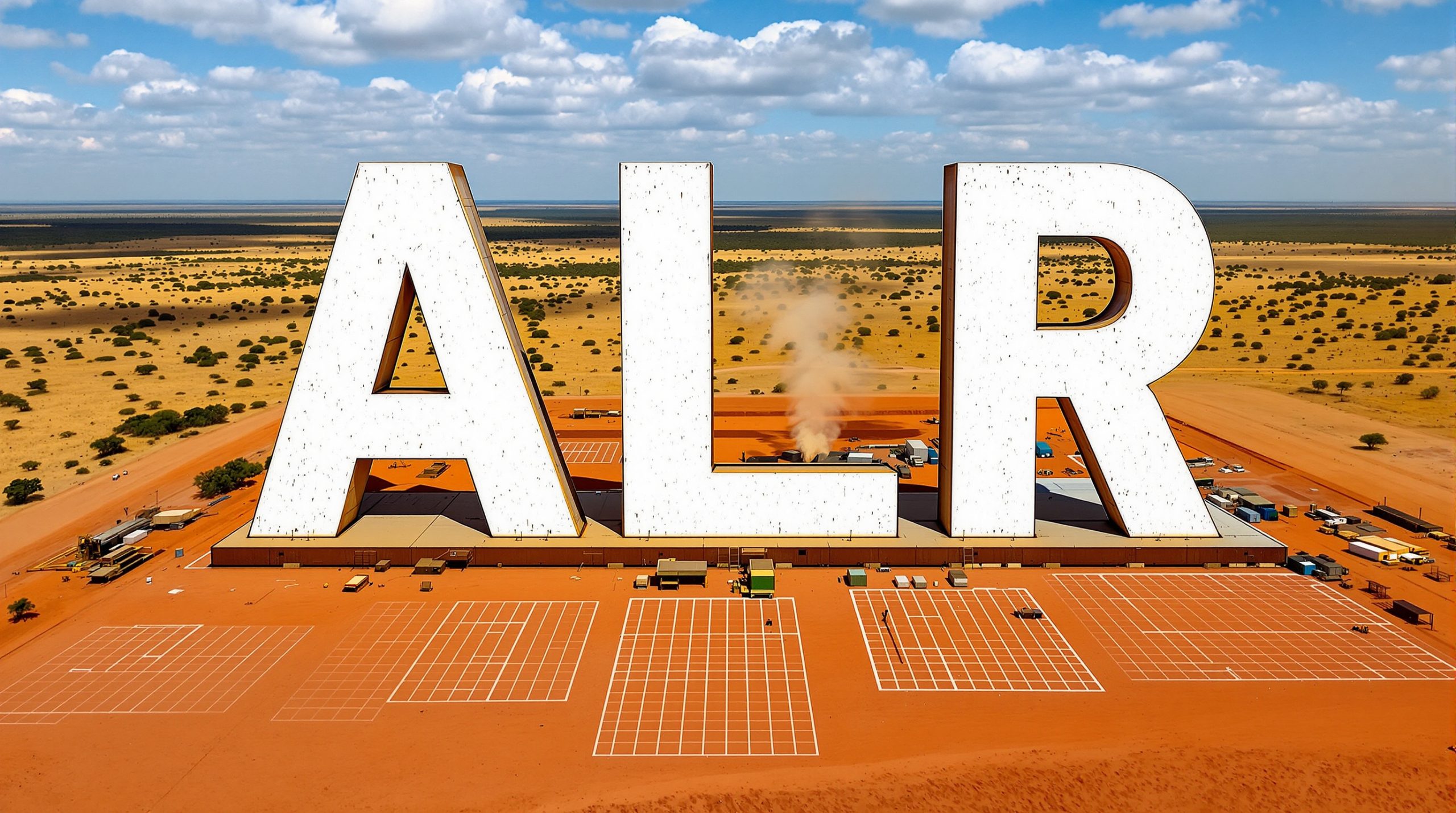Black Canyon Unveils Extensive High-Grade Manganese Corridor at Wandanya
Black Canyon Limited (ASX: BCA) has confirmed a significant high-grade manganese discovery spanning at least 2 kilometres at its 100%-owned Wandanya Project in Western Australia, with multiple drill intercepts revealing consistent shallow, thick, and high-grade mineralisation.
Impressive Drill Results Extend Manganese Discovery
The latest Phase 2 drilling results from the Northern Manganese Corridor at Wandanya have delivered exceptional intercepts, including:
- 6m @ 35.0% Mn from surface including 3m @ 42.1% Mn (WDRC095)
- 7m @ 29.7% Mn from surface including 3m @ 42.4% Mn (WDRC096)
- 8m @ 28.5% Mn from surface including 3m @ 43.2% Mn (WDRC097)
- 5m @ 29.3% Mn from surface including 2m @ 45.8% Mn (WDRC113)
These new results are located 350m south of previously reported high-grade intersections and demonstrate that the manganese mineralisation continues at least 2km north of the original W2 discovery, with cross-strike widths ranging between 250m and 450m.
The mineralisation remains open to the north and east, indicating significant expansion potential beyond the currently defined footprint.
Consistency in Grade and Thickness
What makes the Wandanya discovery particularly notable is the remarkable consistency in both grade and thickness across the entire 2km corridor. The average thickness of the reported drill intercepts is approximately 5 metres with a consistent high-grade footwall of approximately 40% Mn.
"The stratabound manganese mineralisation discovered is both shallow and exceptionally consistent in grade and thickness, which is unique to the region and timely in terms of delivering a potential future supply of high-grade manganese oxide from Australia," said Black Canyon's Managing Director Brendan Cummins.
Understanding Stratabound Manganese Deposits
Stratabound deposits, like those found at Wandanya, occur when mineralisation is confined to a specific layer or stratum within a sedimentary rock sequence. This type of deposit is highly valuable for mining operations because:
- They typically maintain consistent grade and thickness over large areas
- Their predictable geometry simplifies mine planning and resource estimation
- They often allow for efficient, low-cost extraction methods, especially when near-surface
At Wandanya, the mineralisation is located within a sedimentary sequence comprising footwall dolomite, spotted manganese dolomite, massive manganese, and manganese dolomite breccia overlain by hangingwall dolomite. This consistent geological package creates the ideal environment for extensive, uniform mineralisation.
The geology is shallowly dipping to the east, and the mineralisation remains open on multiple drill lines. Several large north-easterly faults can be identified along strike associated with surface mineralisation, which is typical of hydrothermal stratabound deposits where faults serve as conduits for mineralising fluids.
Compelling Metallurgical Results
Previous metallurgical testing on mineralisation from the W2 discovery demonstrated excellent upgrading potential. Using simple density-based separation methods, Black Canyon was able to produce a premium manganese product:
| Composite | Head Grade (Mn %) | Concentrate Grade (Mn %) | Recovery (%) |
|---|---|---|---|
| Combined | ~30% | 44.8% | 79.5% |
These results are particularly significant as they exceed the premium 44% Mn benchmark grade using straightforward processing methods, suggesting potential for a high-value product with strong market appeal.
Expansion Plans Underway
With assays still pending for 47 additional drillholes targeting both manganese and iron mineralisation, Black Canyon is already planning its next phase of exploration:
- Remaining Phase 2 assays expected by the end of August 2025
- Phase 3 RC drilling program (3,500m) to commence mid-August 2025
- New drilling to extend coverage northward and infill current drill lines
- Testing of the entire 3km of mapped manganese and iron mineralisation
"Whilst it's early days for Wandanya, the results received from our initial drill programs provide much confidence that we have discovered a significant mineral system with many of the attributes such as grade, scale, thin overburden and the ability to produce a high-quality manganese concentrate required for a potential mine development," noted Mr. Cummins.
The Manganese Opportunity
Manganese is becoming increasingly strategic as both a traditional steel-making ingredient and a critical battery metal. Mr. Cummins noted the historical significance of the discovery:
"Over the past 50 years only three significant manganese deposits have been discovered in Australia, being Groote Eylandt, Woodie Woodie and Bootu Creek, which have all been successfully brought into production."
The Wandanya discovery shows many of the critical attributes that made these deposits successful mining operations, including high grade, significant scale, minimal overburden, and the ability to produce a high-quality manganese concentrate.
Manganese: A Critical Mineral for Multiple Applications
Manganese has two primary market applications that make it an increasingly important mineral:
Steel Production: Manganese is an essential ingredient in steel manufacturing, where it serves as a desulphurising agent and an alloying element that improves hardness, strength, and wear resistance. Approximately 90% of global manganese production is used in the steel industry, with each tonne of steel containing about 7-9 kg of manganese.
Battery Technology: High-purity manganese is becoming increasingly important in battery applications, particularly in cathode materials for lithium-ion batteries. Manganese-based cathodes (such as lithium manganese oxide and nickel-manganese-cobalt) offer advantages in terms of cost, safety, and environmental impact compared to other cathode chemistries.
The dual applications in both traditional industries and emerging green technologies position manganese as a mineral with robust demand fundamentals for the foreseeable future.
Why Investors Should Track Black Canyon
The Wandanya discovery represents a potentially transformative asset for Black Canyon, with several key investment considerations:
-
Scale Potential: The 2km mineralised corridor with widths of 150-450m represents substantial tonnage potential, with mineralisation remaining open in multiple directions.
-
Premium Product Potential: Metallurgical testing confirms the ability to produce a premium 44%+ Mn concentrate using simple processing methods.
-
Favourable Mining Characteristics: The shallow, flat-lying nature of the mineralisation combined with consistent thickness and grade suggests the potential for straightforward, low-cost mining operations.
-
Strategic Commodity: Manganese is essential for both traditional steel production and emerging battery technologies, positioning it as a critical mineral with strong long-term demand fundamentals.
-
Active Exploration Program: With drilling currently underway and multiple phases planned, investors can expect regular news flow and potential resource growth throughout 2025.
As the company continues to define this emerging manganese province, Black Canyon is positioning itself among the few Australian companies with access to a potential high-grade manganese oxide deposit of significant scale, precisely when global markets are seeking secure, ethical supplies of critical minerals.
Ready to Explore This Emerging Manganese Opportunity?
Discover why Black Canyon's Wandanya Project could be one of Australia's most significant manganese discoveries in decades. With exceptional drill results showing consistent high-grade mineralisation across a 2km corridor, the company is positioned at the forefront of manganese exploration in Western Australia. For comprehensive investor information, detailed project updates and to stay informed about Black Canyon's development journey, visit their investor dashboard today.
